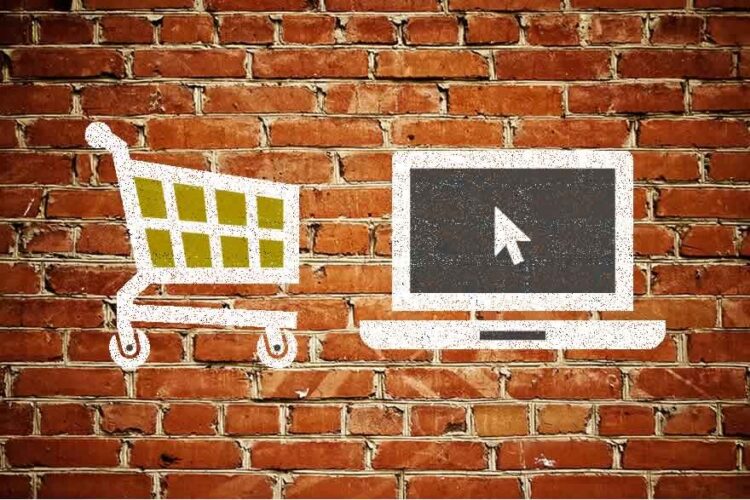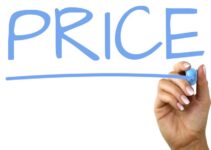Are you on the verge of opening a business? If so, it’s essential to avoid falling for some of the most common myths. A few of them have been floating around for decades, while others are relatively new. One myth that just won’t seem to die is related to how price cutting affects total profits. Another is about fuel expenses in the transportation industry.
The problem with myths and misinformation is that they are not only pervasive but have the power to lead otherwise diligent owners and entrepreneurs astray. Sole proprietors and small partnerships often operate under false assumptions that end up costing them dearly. The best way to avoid the potential damage that can come from incorrect information is to use a professional consultant. However, a good starting place is to review the most common myths detailed below.
Page Contents
1. Fleet Managers Focus on Fuel Costs

Source: merchantsfleet.com
Fuel, tires, and engine maintenance are the top three parameters fleet supervisor’s track. In the high-pressure world of transport fleet management, cost minimization, and safety are the top priorities. Of course, mainline job goals like making on-time deliveries and keeping customers happy are primary objectives. But, besides those two core components of the job, fleet management is about meeting safety benchmarks and keeping operating costs as low as possible. It’s easy and incorrect to assume that fuel prices are the only part of that puzzle.
The truth is that while companies spend a great deal of money on diesel fuel, two other categories are right up there when it comes to being costly. They are truck and tire maintenance. While most transport companies regularly send vehicles to professional mechanics for routine maintenance, tires are another challenge altogether.
That’s why supervisors use TPMS (tire pressure monitoring systems) to warn drivers about low air pressure. All warnings show up on lighted gauges and are an effective way to maximize fuel economy and reduce total spending on tires. It’s imperative for owners and fleet managers to learn about TPMS technology. You can see your online options here and implement a TPMS on every vehicle under your control.
2. Pay Raises are the Best Way to Motivate Employees
It’s a fact that the health of your employees matters, physically and mentally, and pay is one of many factors that contribute to overall job satisfaction. This old canard has been the downfall of many an owner. Money is part of the overall motivational picture but is rarely the sole factor behind job satisfaction, the decision to remain with an employer, or anything else. What, if not money, is at the heart of employee happiness? That’s why, when people socialize and talk about their careers, they tend to mention factors like health insurance coverage, 401(k) plans, matching savings programs, upward mobility at their companies, and office conditions far more often than pay scales.

Source: reba.global
For a large number of workers in various industries, office environment, recognition for achievements, and benefits rank far above the rate of pay in the scheme of things. Unfortunately, pay raises alone seldom influence someone’s decision to remain with an organization. When employees quit, the reasons typically range from not getting along with their boss, lack of respect from management, hours, and factors unrelated to pay.
3. Lower Prices Boost Sales and Profits
Cutting prices can increase sales but usually doesn’t increase profits. It’s important to distinguish between higher sales and higher profits, which is the concept behind this very common myth. Plenty of small companies have lost out when attempting to gain profit by slashing prices. Of course, setting a price below the business’s cost for the item is an automatic losing proposition. However, once a fair price has been established, dropping below that level can increase sales, but nearly always results in lower profits because the units sold are not enough to recoup the lost income per unit.
ABC company currently sells toasters at $30 apiece, with a $10 per unit profit and a $20 per unit cost of production and marketing. If they sell toasters for $27 during a special promotion, and sales increase by 100 units, the resulting total income goes up by $2,700, but the cost of those 100 toasters is $2,000, for a net increase in profits of $700 on the 100 additional toasters. The problem is that if ABC is already selling 1,000 units per month, they take a $3 per unit hit on each one during the sale, for a decrease of $3,000 on their regular monthly sales. The beginning profit on 1,000 units was $10,000. After the $3 discount sale, they bring in just $7,700 on 1,100 units or $2,300 LESS than they did before the sale.
4. Build a Better Product, and Customers Will Come to You

Source: fi.co
If you don’t advertise and promote your brand, goods, and services, no one will find out about what you sell. The old mousetrap adage is more than 100 years old. In the digital, hyperactive age of intense competition, few customers will find their way to your products or services unless you advertise and promote what you have on offer. Branding is the name of the game in the 2020s. Amid thousands of online stores, huge retail establishments, and franchises in every industry, it’s not enough to have a superior product or excellent service. You must engage in effective, well-planned marketing to let people know you exist.
On top of that, advertising content needs to be well-written and stand out from the competition. It’s a sad fact that some of the most talented accountants, IT professionals, engineers, and lawyers don’t succeed as independent businesspeople because they lag in one area: advertising. In the modern world, being great doesn’t mean anything unless you find a way, through promotional techniques, to convey that greatness to a target market.
5. Brick and Mortar Businesses are Dead
Far from dead, the in-person enterprise is thriving. A recent bit of misinformation about commercial sales is that online e-commerce rules the world. In fact, brick-and-mortar selling has gone up in the past decade alongside online sales. Perhaps that’s one reason that nearly every major retail chain maintains both e-commerce and in-person outlets.

Source: 5wpr.com





